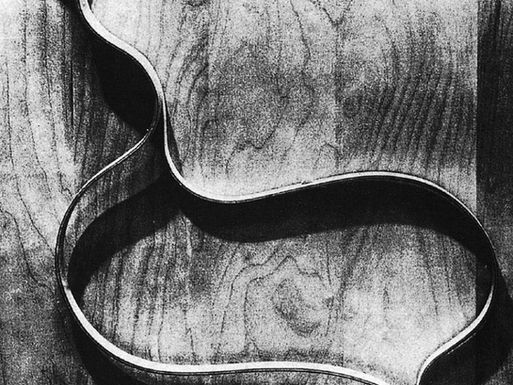
M O V I N G B O U N D A R I E S
HUMAN SCIENCES AND THE FUTURE OF ARCHITECTURE
We are an international and multidisciplinary movement committed to creating spaces that support human life.
Through collaborative work, we nurture a vibrant community of scientists, architects, and designers dedicated to exploring how built environments influence perception, behavior, health, and the collective experience of place.





Winter Course
December 2025
Moving Boundaries India
December 2-11
Ahmedabad, India
Hosted at CEPT University
Moving Boundaries India concluded on December 11.
Thank you for joining us!
The new winter program 2025, focused on Environmental and Architectural Design and Health offered a 10-day course at the interface between disciplines concerned with design of the built environment and scientific disciplines concerned with human perception and behavior. The course was open to design professionals, including architects, urban planners, landscape architects, interior and product designers, historians of architecture and design, artists, environmental experts, health professionals, educators, researchers in neuroscience, cognitive science, sociology, anthropology and psychology, as well as graduate and postdoctoral students in the above disciplines.
10
Days
70
Participants
16
Lectures
8
Tours
Moving Boundaries Winter 2025 Course and Conference - Preview
Follow updates on this page about the Winter Course.
“Modern man has no unified worldview. He lives in a double world, at once in his own naturally given environment and in a world created for him by modern natural science, based on the principle of mathematical laws governing nature. It is understandable that thinkers and philosophers have often attempted somehow to overcome [this disunion], yet they have generally gone about this in a way generally meant to eliminate one of the two terms, to logically reduce one to the other, to present one—usually on the basis of causal argument—as a consequence and a component of the other.”
– Jan Patočka



















